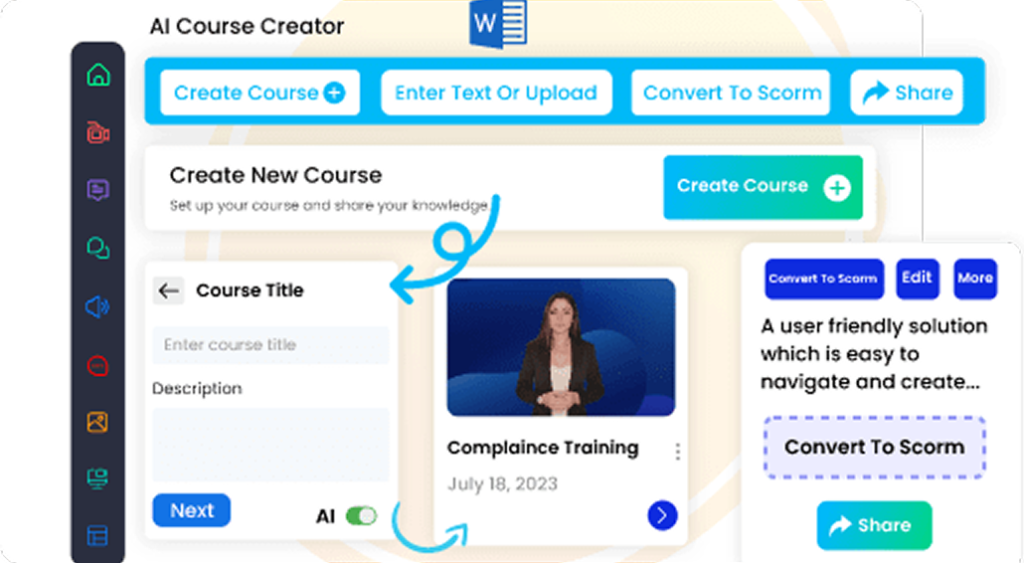Mindfulness training for employees has become a game-changer in modern workplaces. In an era of constant distractions, stress, and multitasking, fostering mindfulness in the workplace can significantly improve productivity, mental well-being, and overall team cohesion. In this blog post, we’ll explore how mindfulness at work essentials can enhance workplace environments and create a calm, focused atmosphere conducive to success.
What is Mindfulness at Work?
Mindfulness at work refers to the practice of being fully present, aware, and engaged in the tasks at hand while minimizing distractions and stress. It encourages individuals to pause, breathe, and focus on the present moment, which can drastically reduce workplace anxiety and improve performance. By practicing mindfulness, employees can cultivate a calm and focused mindset that allows them to handle challenges with a clearer perspective.
Why is Mindfulness Training for Employees Essential?
The integration of mindfulness in the workplace offers multiple benefits for both individuals and organizations. Here are some compelling reasons why mindfulness training is becoming increasingly essential in today’s work environment:
- Reduces Stress: Mindfulness techniques help employees manage stress more effectively, leading to reduced burnout and improved emotional regulation.
- Improves Focus: Employees practicing mindfulness can significantly enhance their focus, leading to better decision-making and increased productivity.
- Boosts Emotional Intelligence: Mindfulness encourages empathy, emotional awareness, and stronger interpersonal relationships, which are crucial for teamwork and collaboration.
- Enhances Well-Being: The practice fosters a sense of calm and mental well-being, which directly correlates with job satisfaction and employee retention.
- Better Resilience: Employees who practice mindfulness are better equipped to manage setbacks and maintain a balanced approach when facing challenges, which can improve overall work performance.
Mindfulness Techniques to Foster Calm & Focus in the Workplace
Integrating mindfulness at work requires more than just a few meditation sessions. It involves creating an environment and culture that supports mental clarity and focus. Below are some practical mindfulness techniques that employees can use throughout the workday:
1. Mindful Breathing
One of the simplest ways to introduce mindfulness into the workplace is through mindful breathing. Employees can take a few minutes each day to practice deep, intentional breathing. This not only calms the mind but also helps reset focus, especially during stressful situations.
2. Mindful Listening
Mindful listening encourages employees to pay full attention to their conversations and meetings, rather than letting their thoughts wander. This improves communication, reduces misunderstandings, and fosters a collaborative environment.
3. Mindful Movement
Integrating short breaks for mindful movement, such as stretching or a quick walk, helps employees refresh their minds and bodies, boosting both mental and physical energy. Movement helps reduce stress and mental fatigue, enhancing overall focus and clarity.
4. Guided Meditation
Guided meditation is another effective tool that employees can use during breaks. By following a meditation guide, they can clear their minds, reduce anxiety, and improve their ability to handle challenges.
5. Mindful Eating
Employees can take time during breaks to practice mindful eating. This involves paying attention to the sensory experience of eating, which helps reduce stress and improves overall well-being. By being mindful of their meals, employees can feel more energized and focused throughout the day.
Learning Built Around Your Goals.
Discover how our courses can align with your training goals and drive real results.
How to Build a Mindful Workplace Culture
Establishing a mindfulness culture within a workplace requires leadership, commitment, and strategic planning. Here are a few key steps organizations can take to integrate mindfulness training for employees and build a culture of mindfulness:
- Provide Training Programs: Offering workshops, webinars, or even hiring mindfulness coaches can help employees learn how to incorporate mindfulness practices into their daily routines.
- Lead by Example: Leadership should model mindfulness practices, such as mindful listening or taking mindful breaks. This creates a trickle-down effect, where employees are more likely to follow suit.
- Design a Calm Workspace: Workspaces should be designed to support relaxation and focus. Natural lighting, quiet zones, and spaces for meditation can significantly enhance employees’ mindfulness practice.
- Encourage Breaks: Encourage employees to take short breaks throughout the day to practice mindfulness, whether that’s through meditation, deep breathing, or simply stepping outside for a brief walk.
- Integrate Mindfulness into Meetings: Encourage mindfulness techniques before, during, and after meetings. This could include starting meetings with a short breathing exercise or setting a clear agenda to focus everyone’s attention.
Measuring the Impact of Mindfulness at Work
Organizations that implement mindfulness programs often want to measure their effectiveness. Although the benefits of mindfulness might seem intangible, several metrics can help assess its impact:
- Productivity Metrics: By tracking output, organizations can gauge whether mindfulness leads to better focus and efficiency.
- Employee Well-Being: Surveys or wellness check-ins can help measure improvements in employee well-being and job satisfaction.
- Reduced Absenteeism: A decrease in sick days and mental health-related absences is often a sign of a healthier, more resilient workforce.
- Improved Team Collaboration: Increased engagement and collaboration between employees can indicate the positive effects of mindfulness on workplace dynamics.
- Financial ROI: Many organizations are also looking at the financial return on investment (ROI) from mindfulness programs, with some studies showing a significant reduction in healthcare costs and productivity loss.
The Science Behind Mindfulness at Work
Numerous studies have shown the benefits of mindfulness on mental health and performance. Research suggests that mindfulness can reduce stress hormones, increase brain plasticity, and even enhance cognitive abilities. Here’s a deeper dive into how mindfulness impacts the brain and work performance:
Neuroscience of Mindfulness
Mindfulness has been shown to reduce activity in the amygdala (the part of the brain responsible for stress and emotional reactions) while enhancing activity in the prefrontal cortex (responsible for decision-making, focus, and complex thinking). This balance helps individuals make clearer decisions, reduce emotional reactivity, and stay more focused on tasks.
Reducing Stress
Mindfulness is known to reduce the body’s stress response, including lowering heart rate and blood pressure. By reducing these physiological responses, mindfulness can help employees feel calmer and more focused, even in high-pressure situations.
How CogniSpark AI Supports Mindfulness in the Workplace
In high-pressure work environments, mindfulness isn’t just a wellness trend—it’s a strategic advantage. CogniSpark AI integrates mindfulness training into corporate learning by delivering bite-sized, AI-guided modules that promote mental clarity, emotional regulation, and focused attention.
Its AI Tutor gently guides employees through breathing exercises, reflection prompts, and focus-building routines—all personalized to individual stress triggers and attention patterns. By using scenario-based simulations, employees learn to apply mindfulness techniques during meetings, decision-making moments, and high-stakes interactions.
The authoring tool allows HR teams to embed organizational tone and context into mindfulness modules, while seamless LMS integration ensures that learning fits effortlessly into daily workflows.
With CogniSpark AI, businesses can embed calm, resilience, and awareness into their culture—empowering employees to reduce burnout, improve focus, and show up with purpose every day.
Conclusion: Embrace Mindfulness for a More Productive, Calm Workplace
Mindfulness training for employees is not just a passing trend—it’s an essential practice that can lead to long-term benefits for individuals and organizations. By promoting mindfulness at work, businesses can cultivate a culture of calm, focus, and emotional intelligence. This, in turn, leads to higher productivity, improved employee well-being, and better team collaboration.
Now is the time to embrace mindfulness at work and equip your teams with the tools they need to thrive. Whether through individual practices like mindful breathing or company-wide programs, the path to a more focused and resilient workplace starts with mindfulness.
Access 100+ fully editable, SCORM-compatible courses featuring an integrated AI Tutor and an in-built authoring tool. Seamlessly compatible with any LMS, these courses are designed to elevate your training programs.
Explore Our eLearning Course Catalog

























